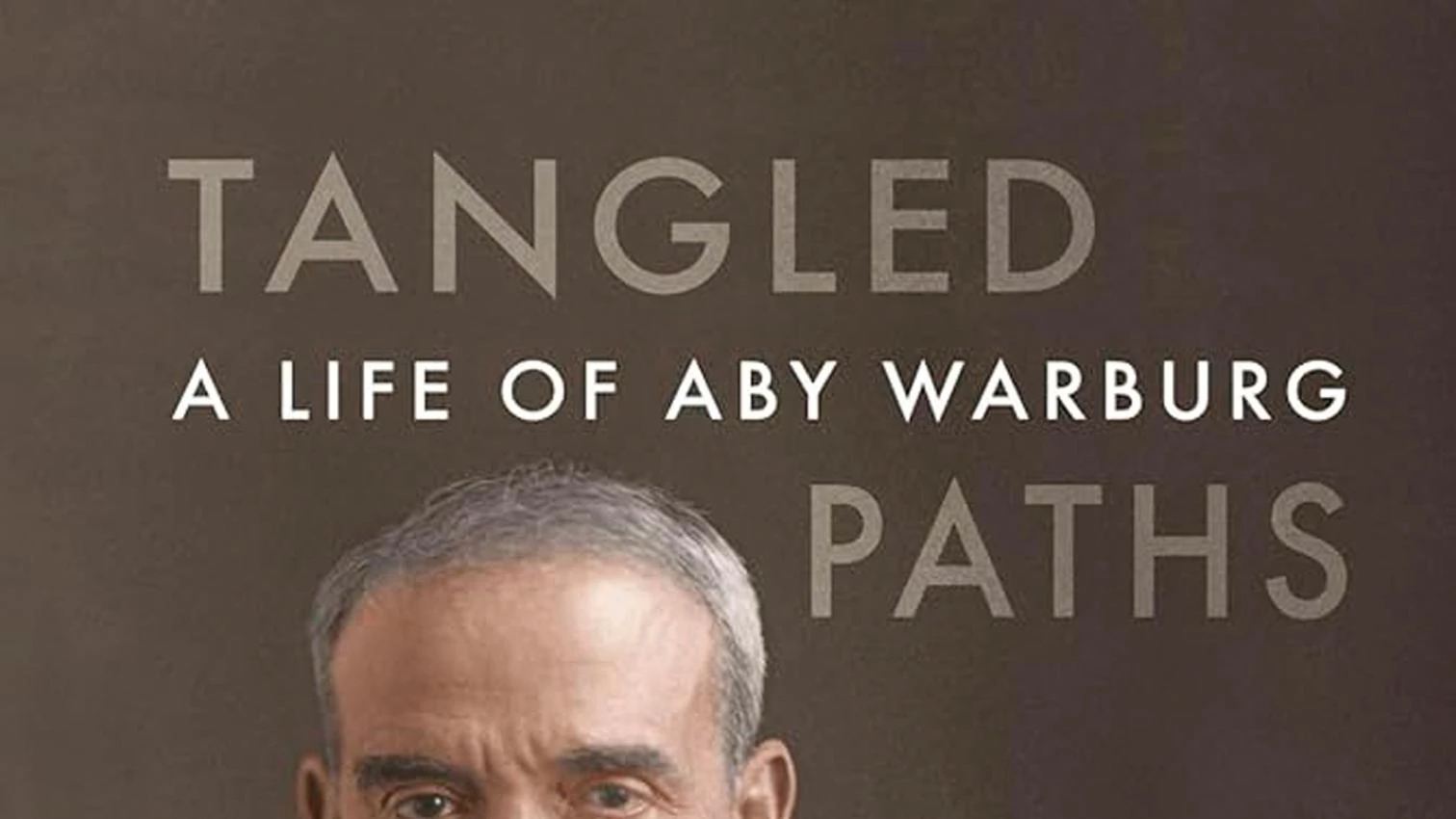
Aby Warburg (1866-1929) and his mythical Mnemosyne Atlas are essential references in the histories of art and visual studies. His influence on our work is evident in publications we have produced, from ‘Casa, cuerpo, crisis’ (AV 104, 2003) to ‘Pensar con los ojos’ (Arquitectura Viva 260, 2023), and his recent popularity was echoed here with Simón Marchán reviewing a book and an exhibition at the Reina Sofía, both of which mentioned the Atlas (Arquitectura Viva 135, 2010). The most accessible compilation of texts appeared in the Getty’s formidable series ‘Texts and Documents,’ edited by Kurt Forster (The Renewal of Pagan Antiquity, 1999), and both Georges Didi-Huberman (L’Image survivante, 2002) and Philippe-Alain Michaud (Aby Warburg and the Image in Motion, 2004) have contributed to a contemporary reading of his legacy, but the canonical biography has long been the one by Ernst H. Gombrich, who in 1970 published Aby Warburg: An Intellectual Biography, after organizing Warburg’s papers at the request of his disciple Fritz Saxl.
The release of a new biography half a century later is worth commenting on, more so if we are looking at a totemic figure “often revered with almost hagiographic intensity.” Produced, like Gombrich’s, within the framework of the Warburg Institute in London, whereto the historian’s Hamburg library was transferred upon his death and the rise of Nazism, the work of Hans C. Hönes is a painstakingly documented book that presents Warburg as a ‘minor figure,’ a historian of Renaissance art who “always remains at the margins of the discipline, institutionally and intellectually,” and whose convoluted biographical path is captured in the title.
Warburg on some occasion likened himself to the main character of the Thomas Carlyle novel Sartor Resartus, a satire of Hegel and German idealism where Professor Diogenes Teufelsdröckh grapples with a transcendental and absurd General Theory of Clothes, perhaps a metaphor of his efforts to create a ‘nameless science’ that would fertilize the anthropology of art with visual culture. This ‘tailor re-tailored’ left many projects unfinished, thanks in part to his reluctance to publish and also to a combinatorial mind that was constantly rearranging texts and images, interrupted periodically by periods of confinement in psychiatric asylums for a total of almost six years.
None of these is as important as the Atlas, the collection of panels where images collected throughout his life are placed in dialogue with one another, a brilliant and hallucinatory project that would take up his final years, spent in Florence, Hamburg, and Swiss hospitals and paid for with the inexhaustible resources of his family of bankers. In a pact with biblical echoes that found its way into his personal lore, this firstborn relinquished his part of the financial enterprise to his siblings in exchange for their commitment to fund his formidable library, now harbored in the institute that bears his name, a top-tier center of research in the humanities and the arts. With the legendary profile of the solitary intellectual hero, and compared today to contemporaries like Walter Benjamin, Sigmund Freud, or Friedrich Nietzsche, Warburg has had more posthumous influence than recognition in life, but the exemplary biography by Hönes untangles his path by throwing light on his links to the methodological concerns of his time, and to the still imprecise emergence of art history as a discipline.







